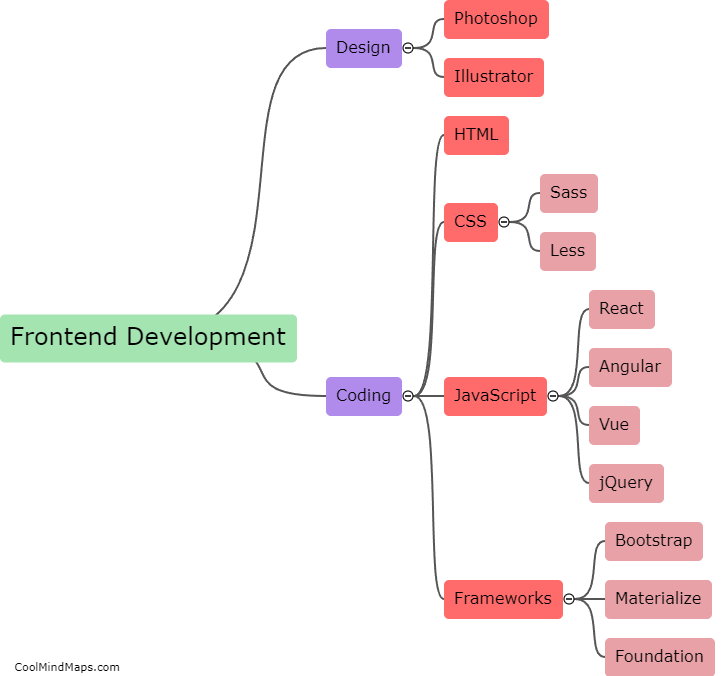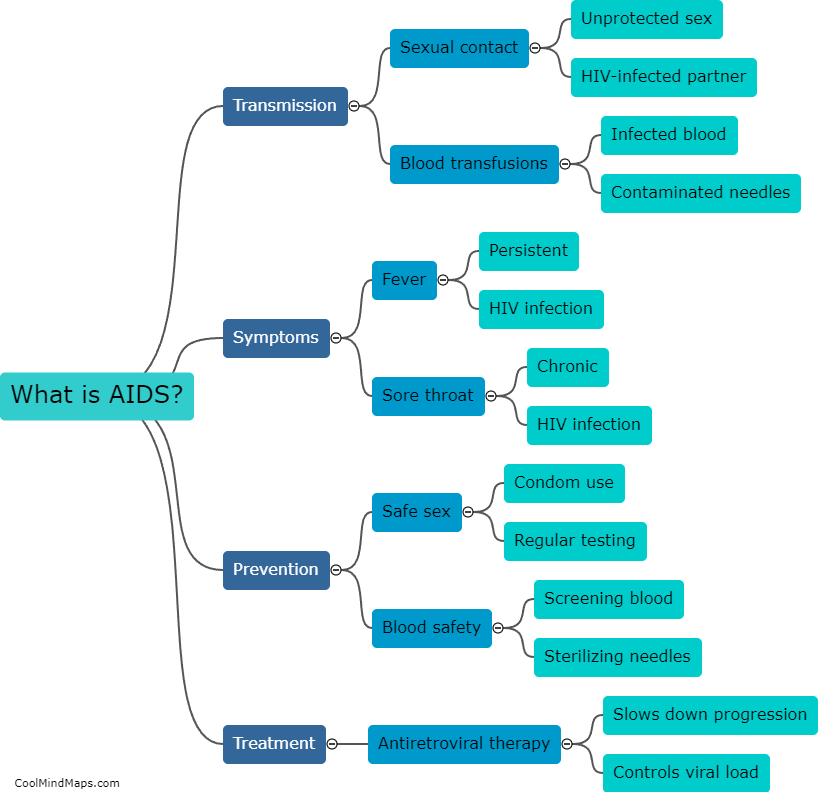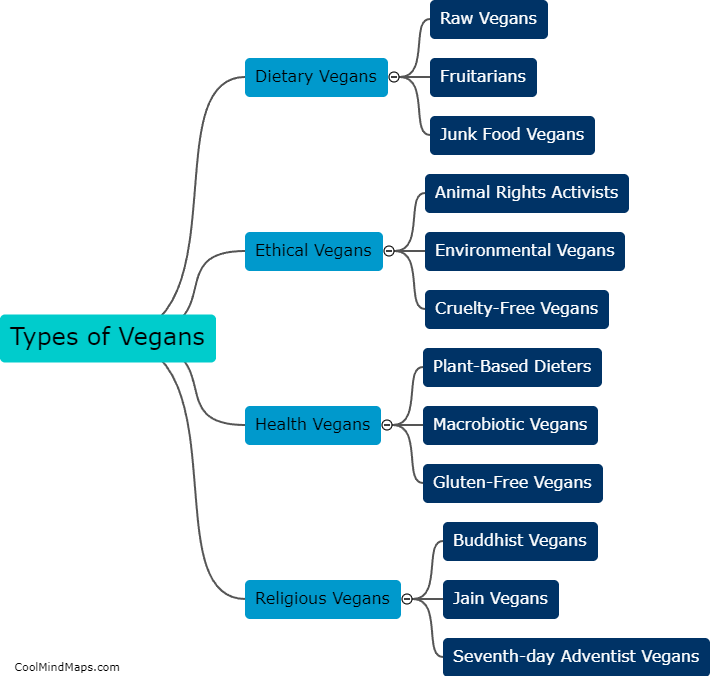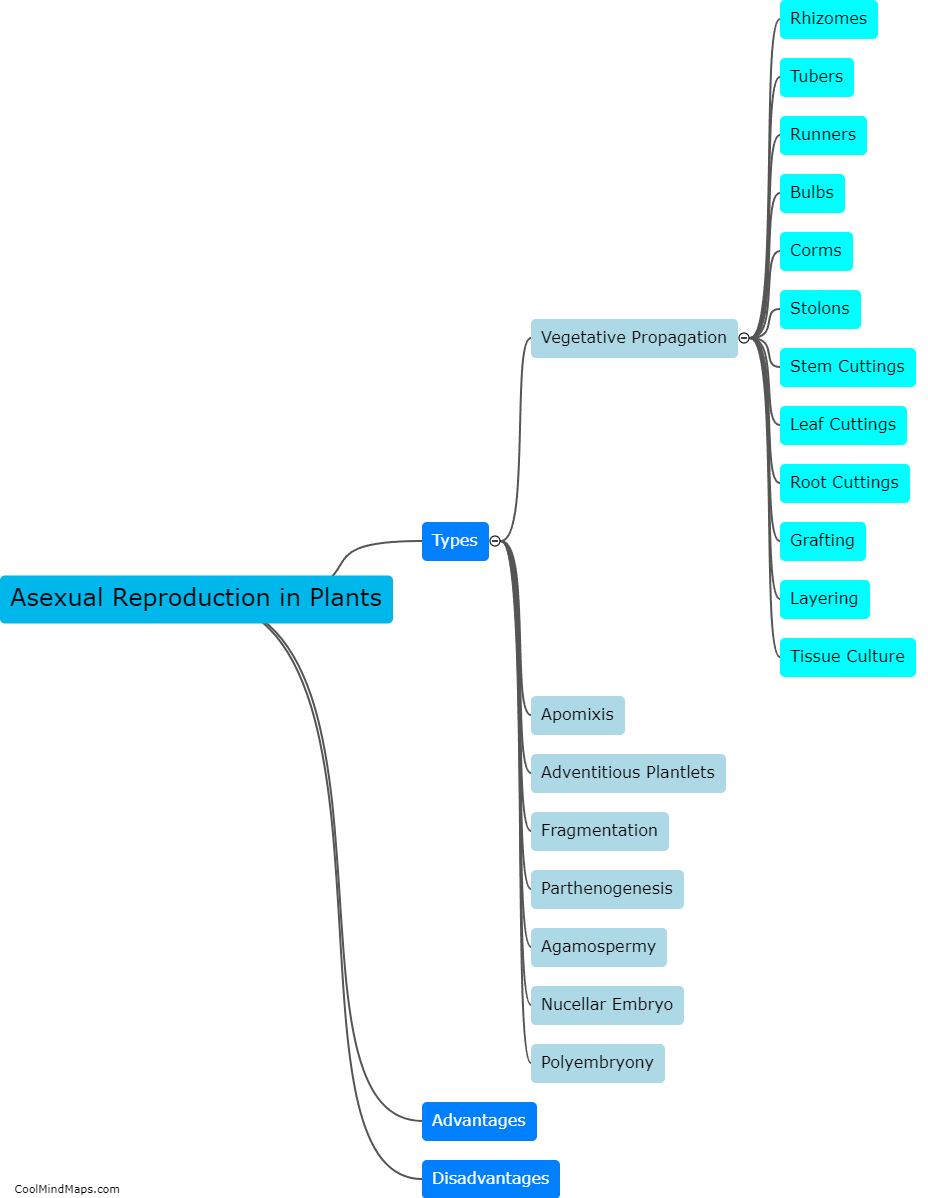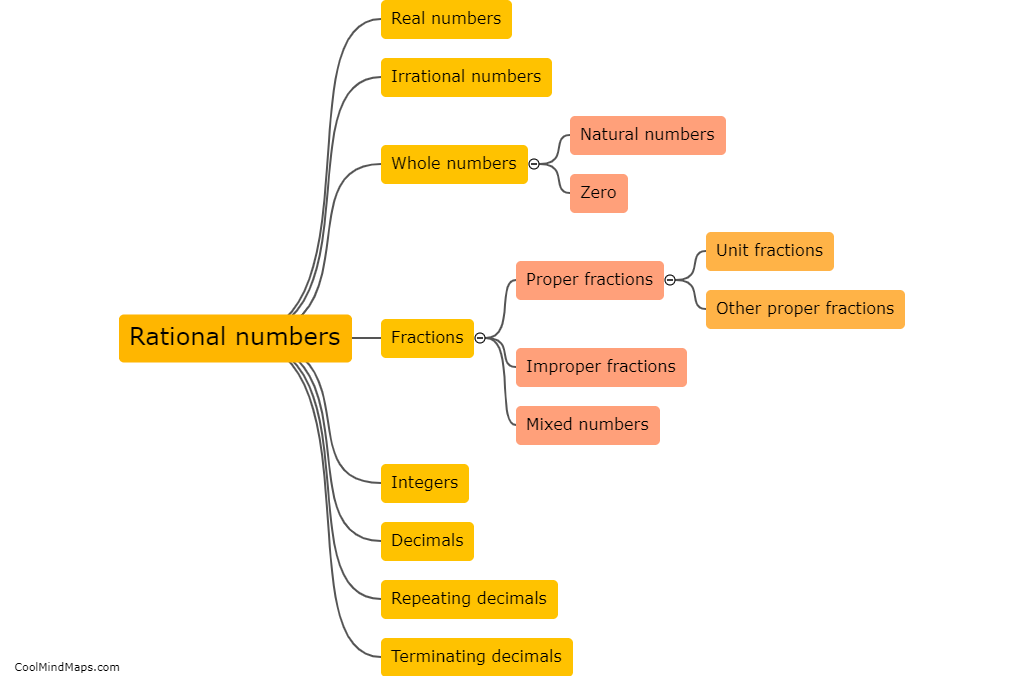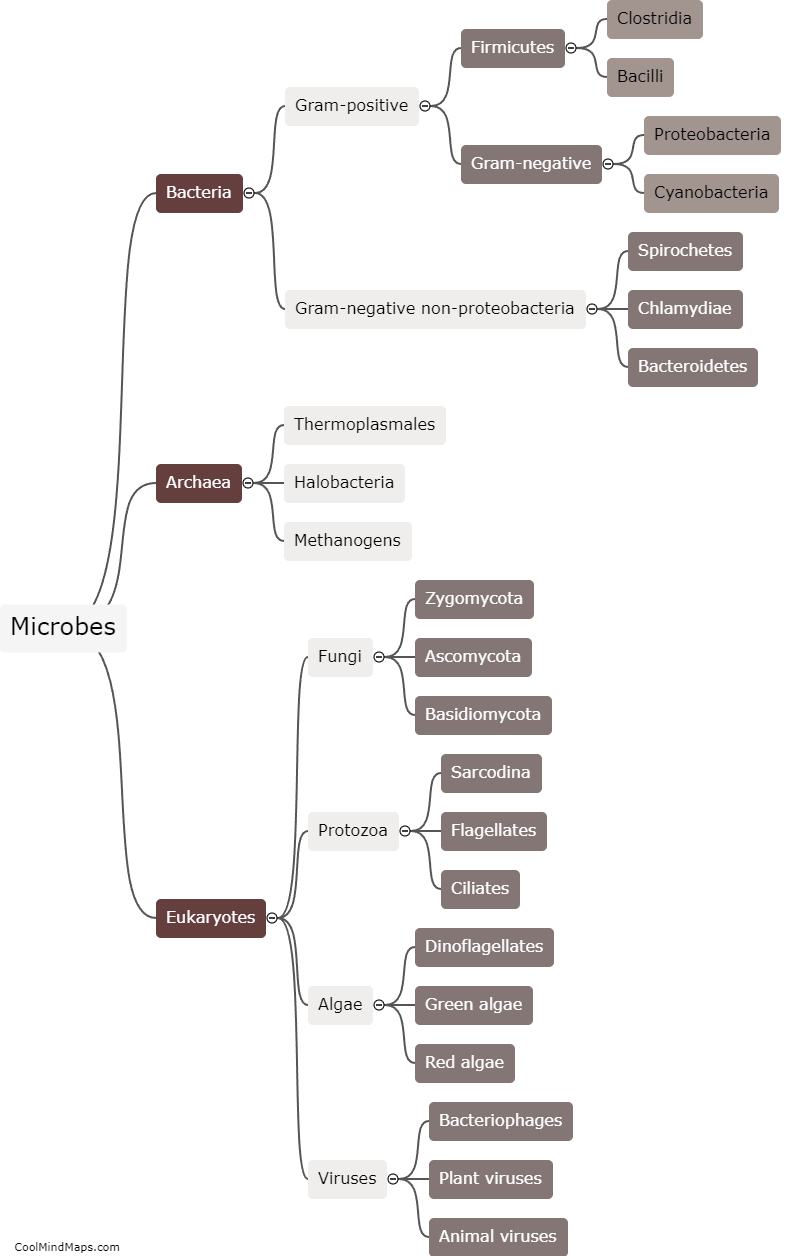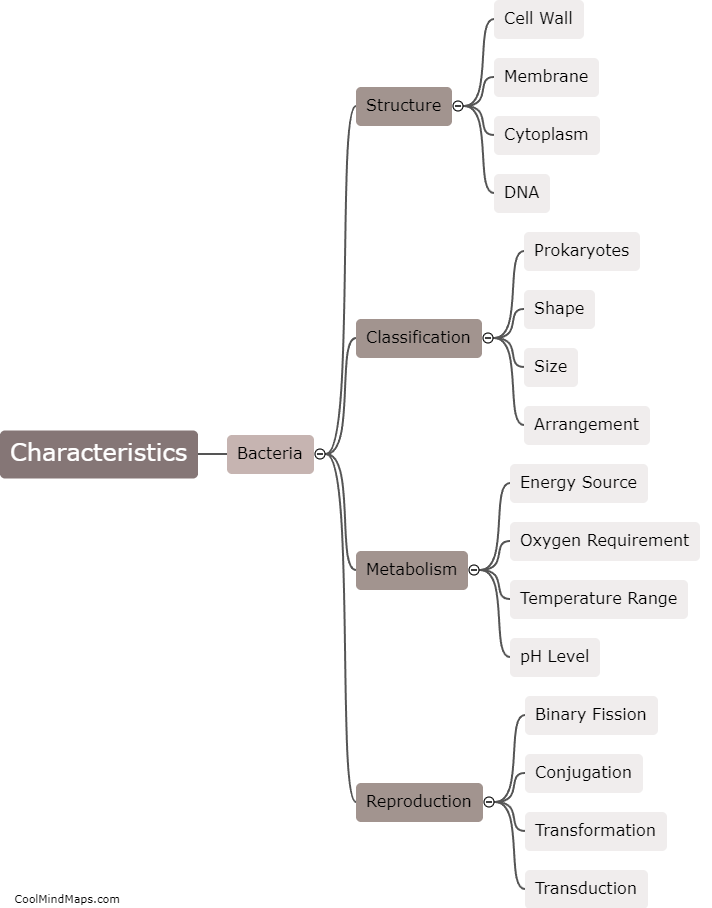What are the different types of microbes?
Microbes, or microorganisms, are tiny organisms that can only be seen under a microscope. There are several different types of microbes, including bacteria, viruses, fungi, and protists. Bacteria are single-celled organisms that can be found almost everywhere on Earth. They have diverse shapes and can be either harmful or beneficial to humans. Viruses are smaller than bacteria and can only reproduce inside living cells. They are responsible for causing diseases in humans, animals, and plants. Fungi are multicellular organisms that can be found in various environments, and they play crucial roles in the decomposition of organic matter. Protists, on the other hand, are a diverse group of organisms that are not easily classified. They can be single-celled or multicellular and include organisms like algae and amoebas. Understanding the different types of microbes is essential for studying their roles in various ecological, medical, and environmental processes.
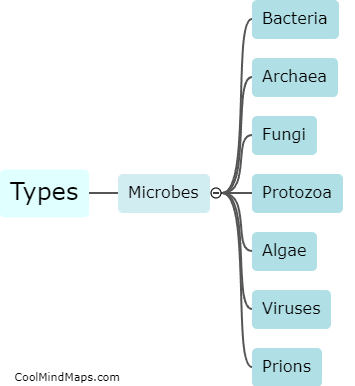
This mind map was published on 8 October 2023 and has been viewed 104 times.

